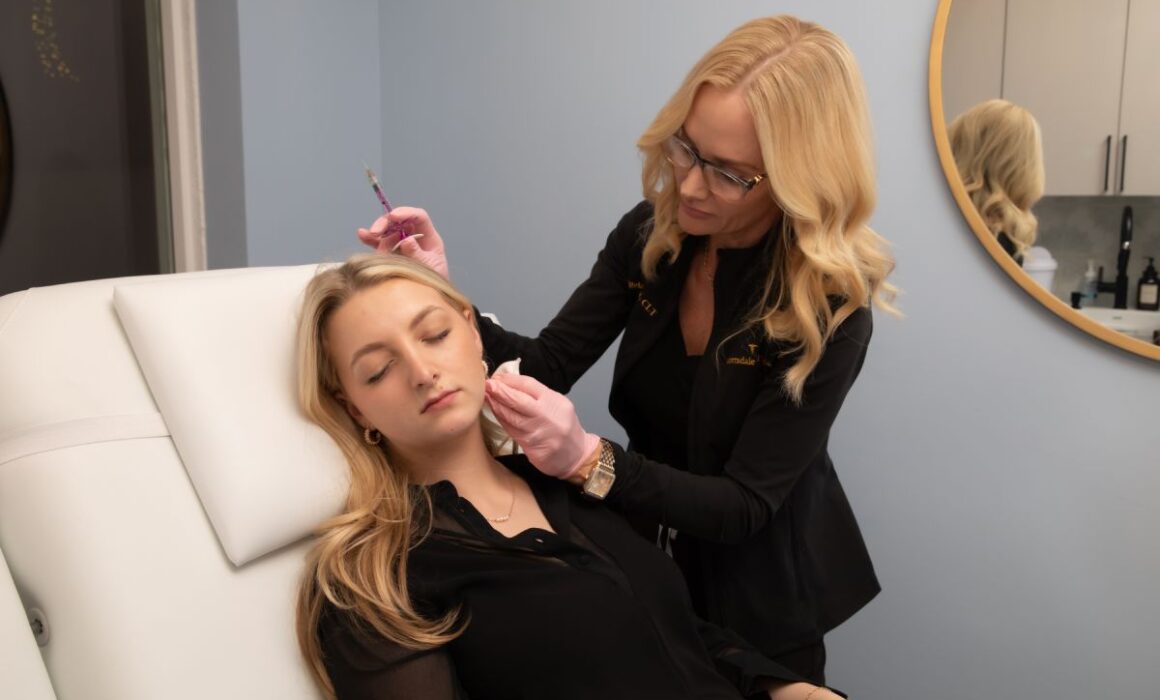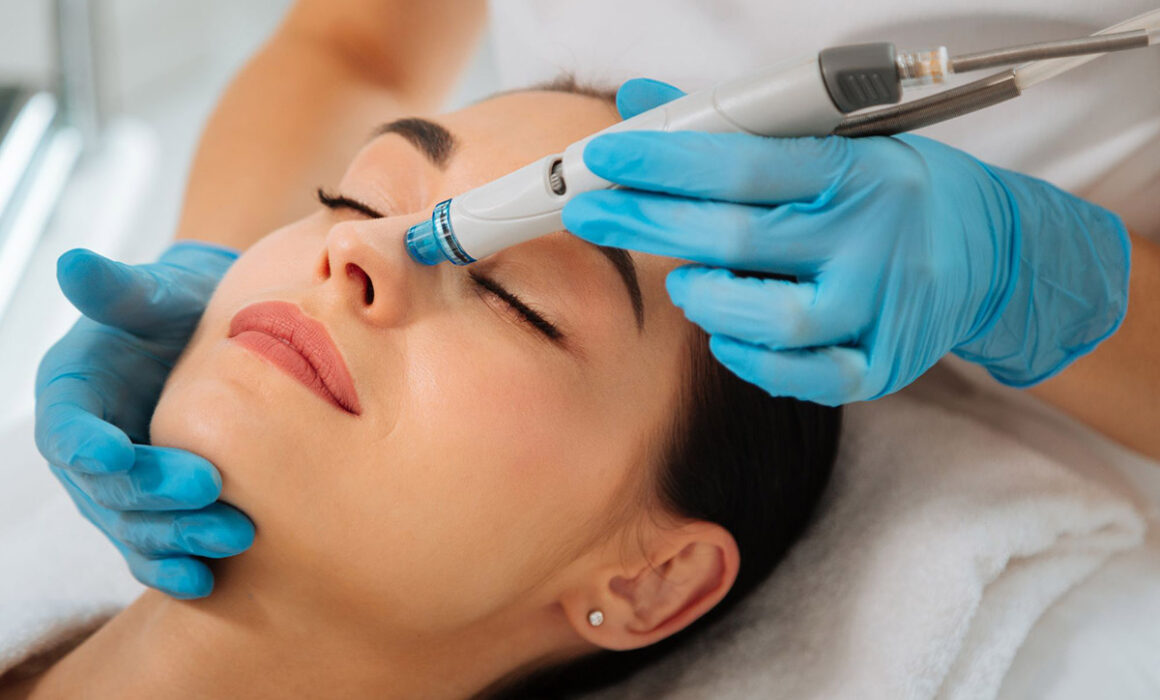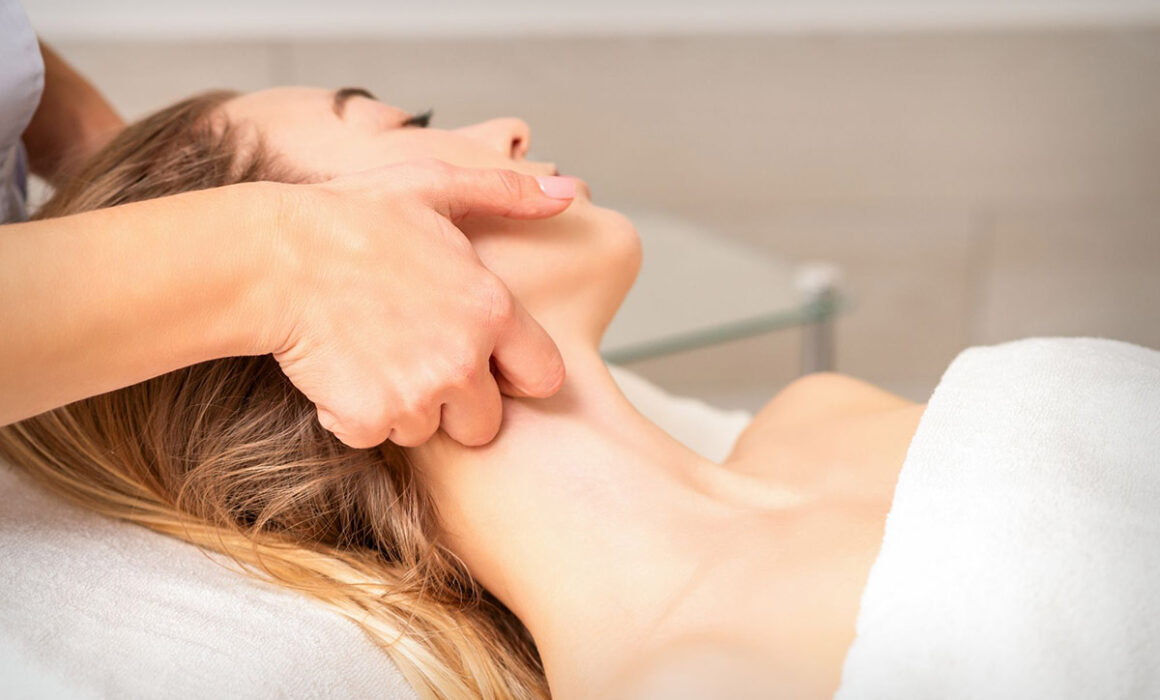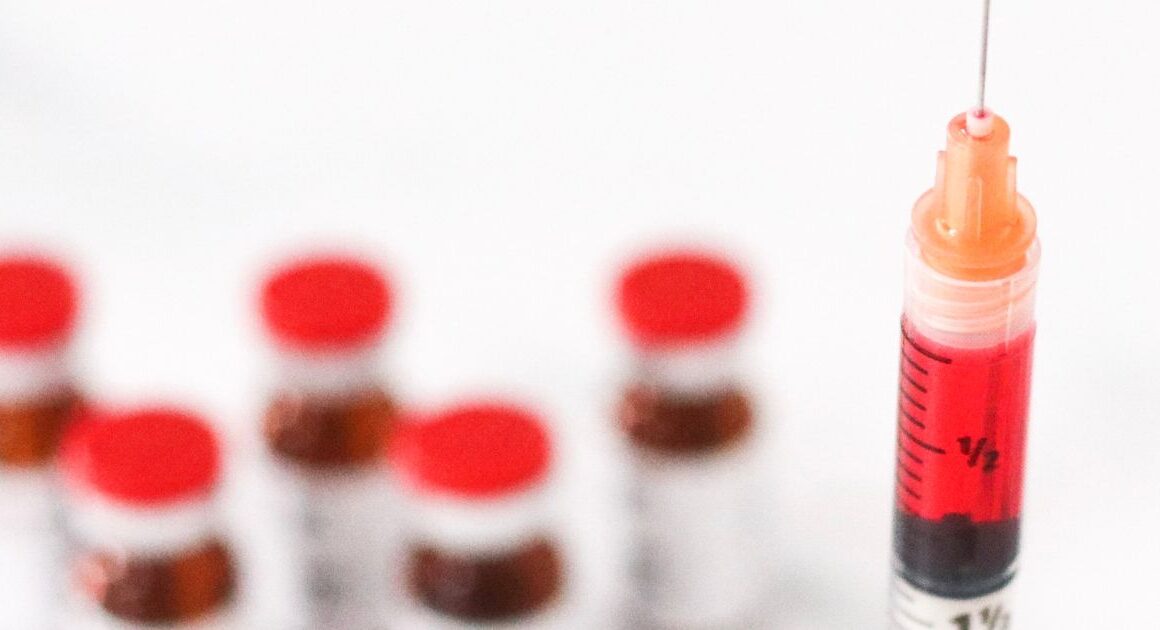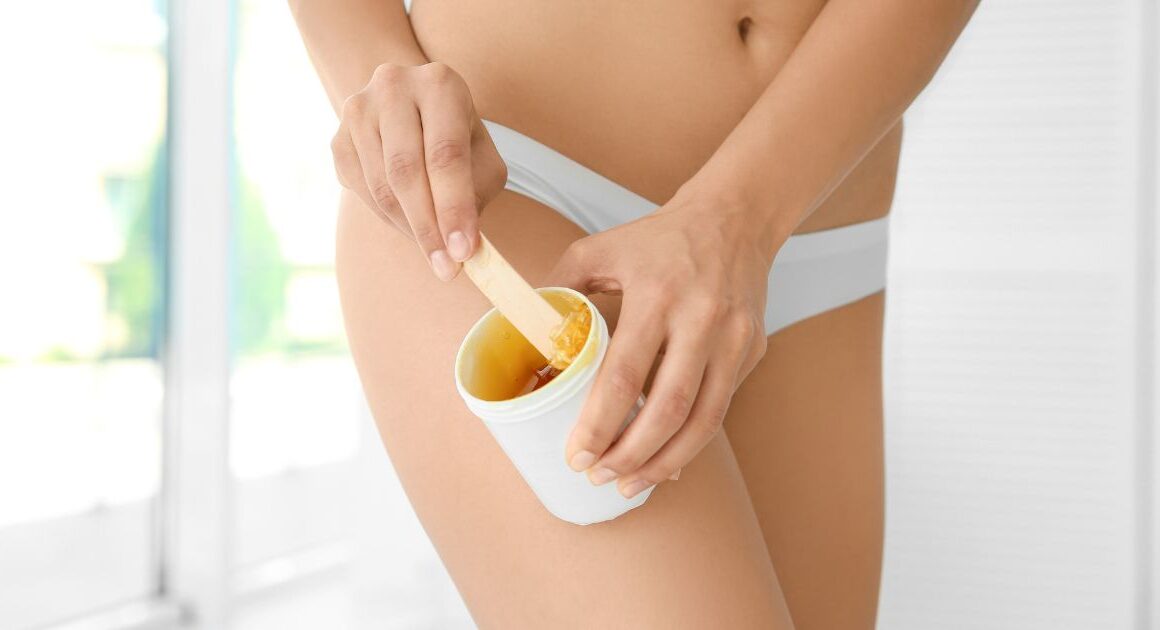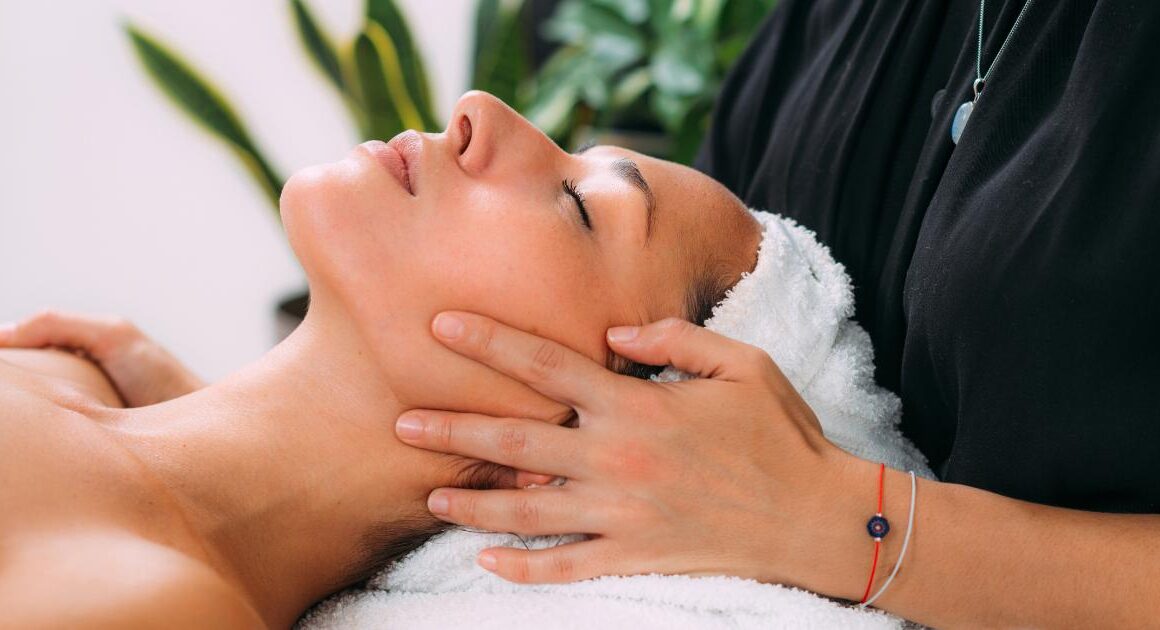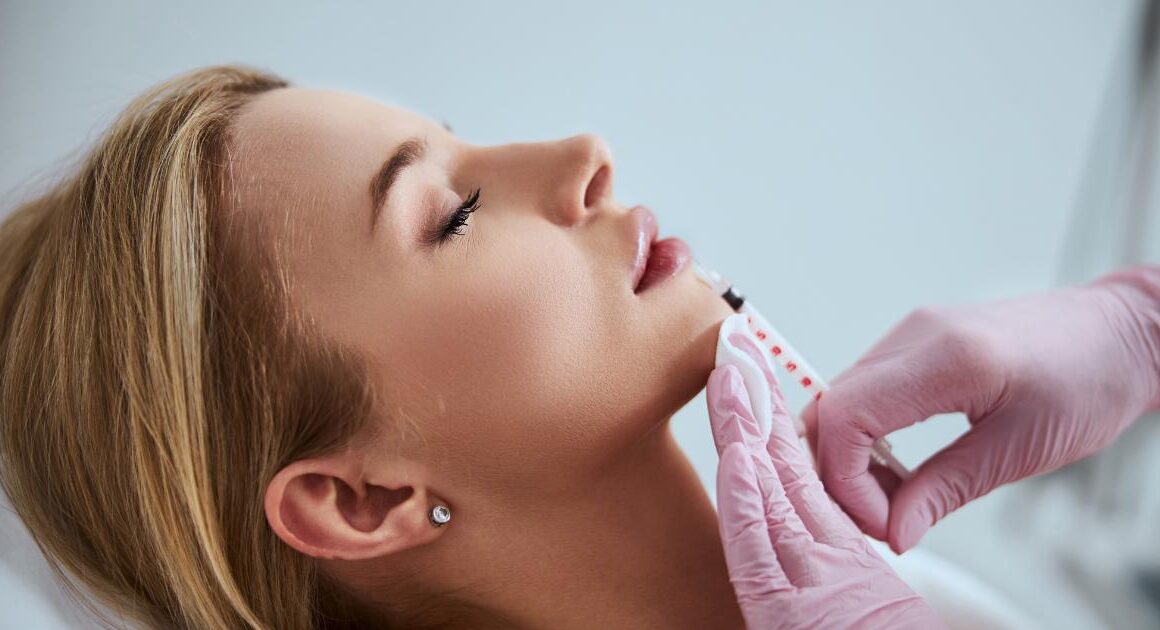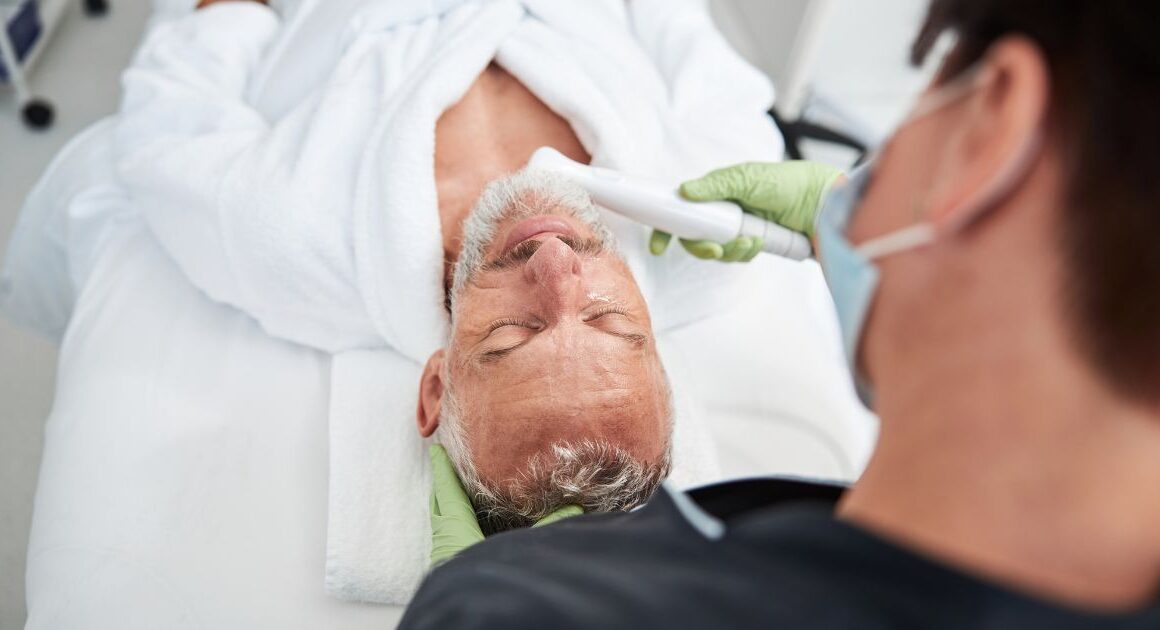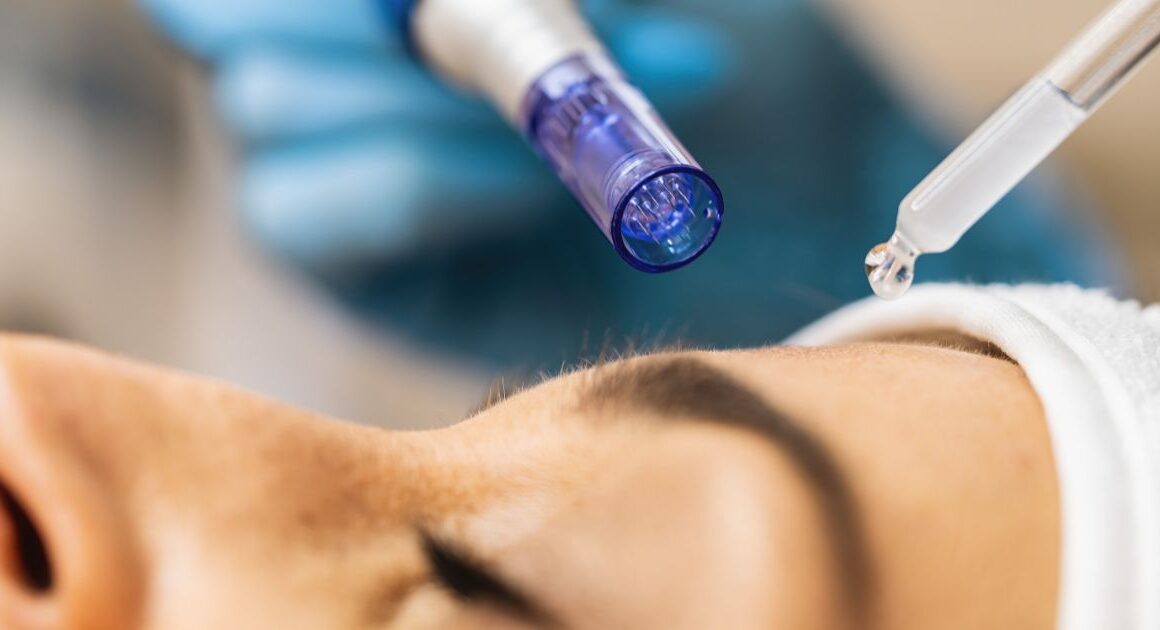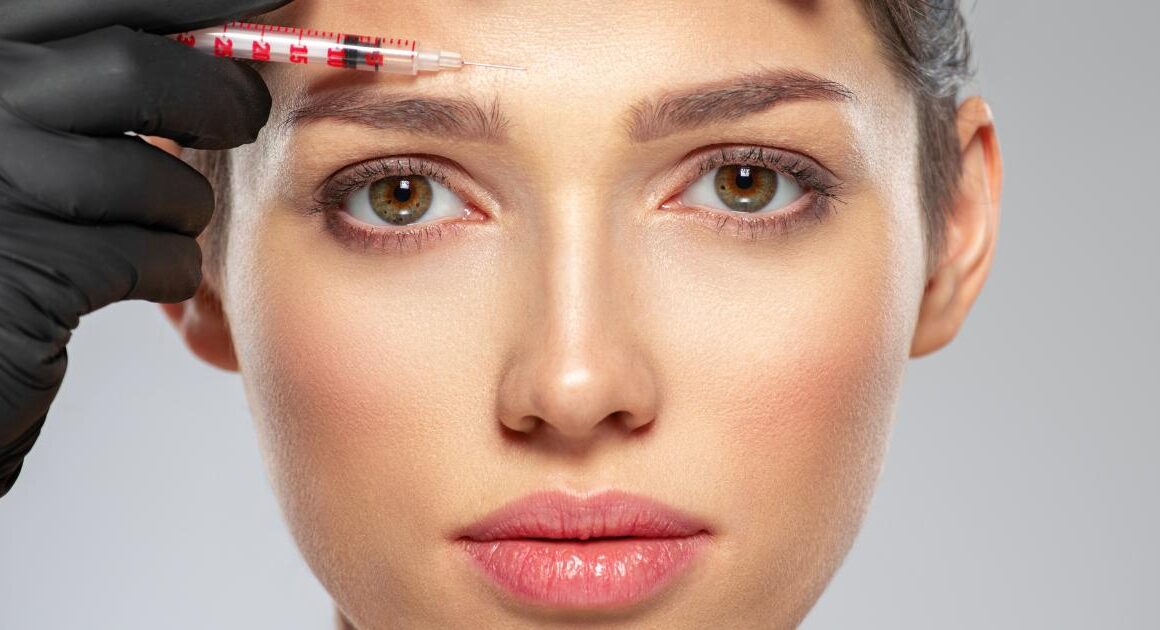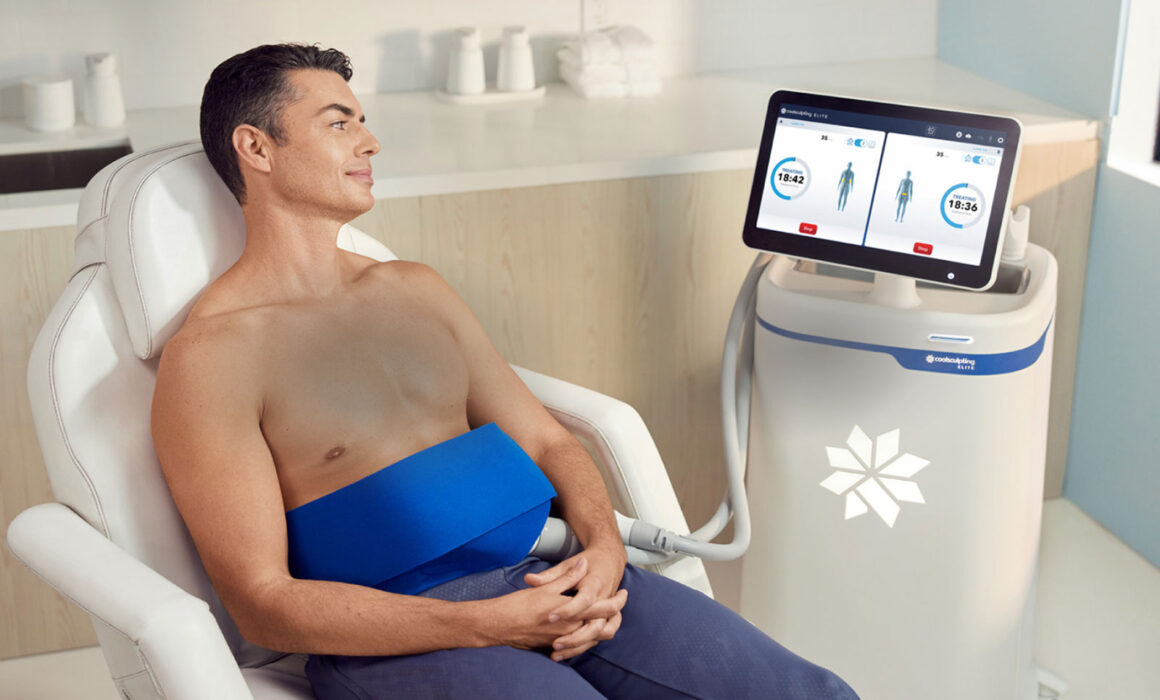Say Goodbye to Fine Lines: Exploring the Benefits of Daxxify Injections
Fine lines and wrinkles are natural signs of aging that many of us encounter as we grow older. While these changes are a normal part of life, they can sometimes leave us feeling self-conscious or less confident in our appearance. Fortunately, advancements in cosmetic procedures have made it easier than ever to address these concerns and achieve a more youthful, refreshed look. At Scottsdale Med Spa, our team of injection specialists is proud to offer Daxxify injections—a revolutionary treatment designed to target fine lines and rejuvenate the skin.
Understanding Daxxify Injections: A Non-Surgical Solution for Youthful Skin
Daxxify injections are a type of cosmetic treatment that utilizes a specialized formula to smooth out fine lines and wrinkles, resulting in a more youthful and vibrant complexion. The key ingredient in Daxxify injections is a neurotoxin that temporarily relaxes the muscles responsible for causing dynamic wrinkles—the lines that form as a result of repetitive facial expressions such as smiling, frowning, or squinting. By inhibiting muscle contractions, Daxxify injections help soften the appearance of fine lines and prevent them from becoming more pronounced over time.
The Benefits of Daxxify Injections: A Comprehensive Approach to Anti-Aging
One of the primary benefits of Daxxify injections is their ability to deliver natural-looking results without the need for surgery or downtime. Unlike invasive procedures such as facelifts or brow lifts, Daxxify injections offer a non-surgical alternative for reducing the signs of aging and enhancing facial contours. Additionally, Daxxify injections are quick, convenient, and virtually painless, making them an ideal option for busy individuals who want to refresh their appearance without disrupting their daily routine.
Targeting Specific Areas of Concern: Customized Treatment Plans
At Scottsdale Med Spa, our injection specialists understand that each patient has unique concerns and goals when it comes to their appearance. That’s why we take a personalized approach to Daxxify injections, carefully assessing each individual’s facial anatomy and designing a customized treatment plan to address their specific areas of concern. Whether you’re looking to smooth out forehead lines, soften crow’s feet, or rejuvenate your entire face, our experienced team will work with you to achieve the results you desire.
Experience the Difference at Scottsdale Med Spa
When you choose Scottsdale Med Spa for your Daxxify injections, you can trust that you’re in expert hands. Our injection specialists have undergone extensive training and have years of experience performing cosmetic procedures, ensuring that you receive safe, effective, and high-quality care every step of the way. From your initial consultation to your follow-up appointments, we’ll provide you with personalized attention and support to help you achieve your aesthetic goals.
Book Your Appointment Today
Don’t let fine lines and wrinkles hold you back from looking and feeling your best. Say goodbye to signs of aging and hello to a more youthful, radiant complexion with Daxxify injections at Scottsdale Med Spa. Take the first step towards rejuvenating your appearance by booking your appointment today. Contact us to schedule your consultation and discover the transformative benefits of Daxxify injections for yourself. Your journey to smoother, younger-looking skin starts here at Scottsdale Med Spa.

